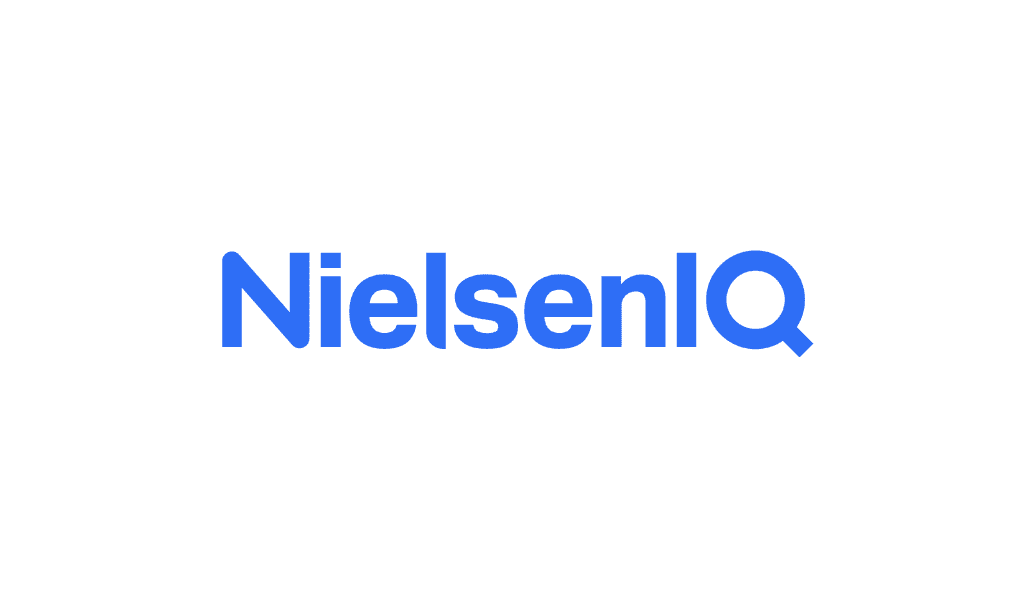 The challenges and game-changing opportunities that come with moving to the cloud.
The challenges and game-changing opportunities that come with moving to the cloud.
By Anne Meyer and Todd Rayburn
Decisions about if, when, and how to move to the cloud continue to be a significant part of the professional calculus for many companies. With more and more organizations moving their critical business processes to the cloud, understanding how to make those decisions in a comprehensive and strategic manner is becoming more important all the time. And, when you consider the eye-opening fact that, by 2015, end-user spending on cloud services could exceed $180 billion, it is clear that the financial stakes are enormous.
For HR professionals, moving to the cloud provides an opportunity for strategic operational enhancements that can improve a company’s ability to maintain business focus while implementing efficiencies and taking advantage of newfound flexibility and capabilities. Unfortunately, the all-too-common misconception that transitioning to the cloud requires less work and a hands-off approach limits the ability for many to fully realize the value of the cloud.
The reality, however, is very different. While many human capital management-based cloud solutions are elegant and powerful, there are many very important decisions in terms of security, configuration, and operational integration that need to be made before and during a transition. Vital maintenance and continuing education practices need to take place on the back end as well. Moving to the cloud requires similar levels of work and attention to detail as with moving to a more traditional on-premise platform.
Consequently, HR business leaders and decision-makers need to understand not only the benefits of transitioning to the cloud, but also the best practices for doing so. There
are essential questions that need to be answered and tasks to be performed before transitioning to the cloud. A Workforce optimization is one of the primary benefits seamless transition will pay immediate dividends and allow of enhanced predictive analytics. Everything from talent users to reap the advantages of cloud-based operating as management to workforce composition, potential attrition quickly as possible.
A Bevy of Benefits
The benefits of a cloud-based solution are potentially profound: secure connections, collaborative and personalized business processes, and accessibility. The impact of mobile computing available through the cloud, and the value of the sophisticated and advanced analytics that are a part of the majority of new platforms, should not be underestimated. HR professionals can utilize the reporting data to lower operating costs and deploy a simpler, more streamlined upgrade process in the future.
Cloud-based platforms allow decision-makers to provide employees with a consistent experience and optimized functionality that helps minimize distractions, maximize productivity, and promote greater focus on key goals. At the same time, companies operating in the cloud are more nimble and responsive, capable of upgrading faster and more cost-effectively, and positioned to adjust quickly to new priorities, regulatory changes or emerging industry best practices. From a mobility standpoint, cloud-based operating is more than just a convenience -it is a way to ensure that HR professionals have immediate access to important and time- sensitive information, no matter where they are. Mobile cloud applications also present HR managers with the opportunity to take action on self-service transactions without having to wait until they are in front of a desktop or laptop.
One of the most beneficial aspects of transitioning to a cloud-based HR solution is gaining access to the powerful and convenient analytical tools available as part of the software. Analytics are built right in to the manager’s user interface providing the information needed to make decisions without having to run reports or move to another screen to inquire on information.
Workforce optimization is one of the primary benefits of enhanced predictive analytics. Everything from talent management to workforce composition, potential attrition and staffing trends can not only be tracked, but applied to future scenarios in a way that makes your planning both more strategic and more effective. While the convenience and efficiency of having this kind of information available at your fingertips is compelling in its own right, the true value stems from the way this information enhances your decision-making and provides critical company insights. The best cloud-based HR solutions actually have predictive analytics that make it possible to anticipate needs and help convert challenges into opportunities.
Obstacles, Obligations, and Opportunities
Getting the most out of cloud solutions designed for HR professionals means planning ahead, thinking through the potential roadblocks, and preparing a roadmap for sustained success.
So which road is the better one to take: new versus established technology? It is important to understand the maturity level of the products you are considering and the pros and cons of each potential solution. Proven products generally have better integration with other software, lend themselves to a relatively rapid deployment, and are backed by an established knowledge base and workforce expertise that has been built over time. More mature products also tend to have a more developed service model. On the other hand, newer products can offer exciting functionality and technical capacities. And, if the product is still in the relatively early stages of deployment, organizations can potentially provide input on how to mold it in a way that meets their needs.
When deciding whether to go with a newer solution or an established one, there is no “right” answer -it simply depends on the specific needs of your organization and what you are looking to accomplish. It is important to remember, however, that products that are not quite so mature may be hampered by a lack of experienced training staff and the bumps and bruises that come with working out the kinks, while more mature products tend to have a more developed service model.
As with any large-scale technology change, a thoughtful and deliberate transition is necessary. Such an approach can help limit avoidable downtime and potentially costly disruptions. Getting your team trained and understanding their roles and responsibilities with respect to ongoing maintenance and continuing education is a critical prerequisite.
Any business looking to move to the cloud should begin with a thorough cost-benefit analysis to determine the financial impact of a cloud transition. Cloud-based solutions have the capabilities to lower costs and improve an organization’s bottom line, but the overall cost remains widely dependent on the type of solution employed. Still, the considerations go beyond simple dollars and cents.
With some products, users can take advantage of customization. The need for customization can vary greatly from one company to the next, so be sure that your own needs match the services available through your prospective cloud provider.
For all of the benefits of cloud computing, decision-makers must be comfortable with a profound paradigm change: Some degree of system management will inevitably be placed in the hands of a vendor. As a result, certain requests and system changes may take longer to be addressed.
Security is another big consideration. It can be easy to lose sight of some security obligations because of the off-site nature of cloud computing. Decision-makers and HR professionals still have to be not just cognizant of these issues, but actively involved in ensuring that system architecture and processes are sufficient to address personal security needs. It is important to appreciate the differences in technical architecture utilized by different cloud providers (e.g. multi-tenant versus single tenant) and to address what fits the organization best.
Anne Meyer is HCM practice director for MIPRO Consulting and Todd Rayburn serves as HCM cloud practice manager for the organization.
Best Practices Make Perfect
HR professionals and executive decision-makers should understand and apply these four best practices to facilitate a smooth and successful transition to the cloud:
1. Understand your data. Know exactly what data you are going to bring over, and appreciate that you will have to do the same front-end work as you would when moving that data over to any application (data verification, cleansing, and convergence).
2. Test and train. A new software platform -even a virtual one -comes complete with new business processes, new configurations, and new expectations. Detailed and ongoing training and testing is critical. Keep your business users involved throughout the process to maximize buy-in, minimize user errors, and allow yourself to hit the ground running.
3. Optimize your processes. The business process flexibility in cloud-based applications makes transitioning to the cloud a rare and important opportunity to become more efficient and to define how core processes to work. Take the time up front to work through this, and to consider how to take full advantage of the newly flexible array of services and functionality that will be available.
4. Seek help. Work with an implementation vendor to make your transition a smooth one and to realize the full potential of your new cloud-based solution. Even the most conscientious HR professional will need guidance and support to overcome transition obstacles and unlock the true value of the product.














